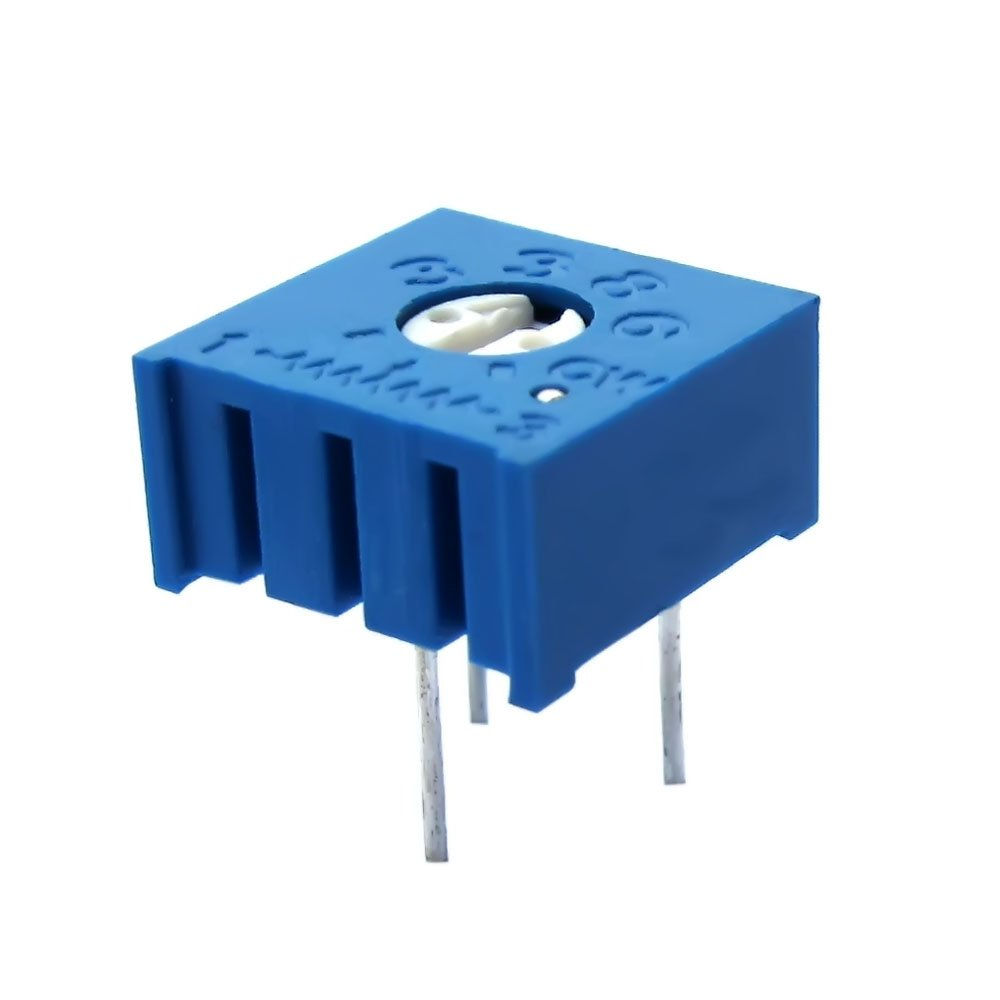Variable Frequency Drives
Variable Frequency Drives
What is VFD?
A Variable Frequency Drive (VFD) is a type of motor controller that drives an electric motor by varying the frequency and voltage supplied to the electric motor. Other names for a VFD are variable speed drive, adjustable speed drive, adjustable frequency drive, AC drive, microdrive and inverter.
How does a Variable Frequency Drive work?
The first stage of a variable frequency AC drive, or VFD, is the converter. The converter consists of six diodes, which are like check valves used in plumbing systems. They allow current to flow in only one direction: the direction shown by the arrow in the diode symbol. For example, whenever A-phase voltage (voltage is like pressure in plumbing systems) is more positive than B or C phase voltages, then that diode will open and allow current to flow. When B-phase becomes more positive than A-phase, then the B-phase diode will open, and the A-phase diode will close. The same is true for the 3 diodes on the negative side of the bus. Thus, we get six current “pulses” as each diode opens and closes. This is called a “six-pulse VFD,” which is the standard configuration for current variable frequency drives.
Advantages of VFDs
1- Smooth starting
2- Smooth acceleration & deceleration time
3- Stopping methods
4- Reversal of motor
5- Reduce harmonics
6- Increase power factor
1. Keeps starting current in control: A VFD has the capability of starting the motor at zero voltage and frequency, which keeps a check on motor winding flexing and heat generation. This helps in extending the motor life.
2. Reduces power line disturbances: Any voltage sag caused in the power line can adversely affect voltage sensitive devices such as proximity switches, sensors and computers. Using VFDs eliminates voltage sag.
3. Demands lower power on start: Power required to start an ac motor across the line is substantially greater than with a VFD. When industrial customers start these motors during peak hours of electrical consumption, they are likely to be charged with surge prices. However, with VFD demanding lower starting power, the issue can be addressed.
Applications of VFDs
While the primary benefit of both VFD applications is energy savings, VFDs are well suited for use in other applications where energy conservation is of secondary importance. For example, VFDs can provide precise speed or torque control in some commercial applications.
Some specialized applications use dual fans or pumps. VFDs, with their precise speed control, can ensure that the two units are operated at the desired speed and do not end up fighting each other or having one unit carry more than its design load level.

